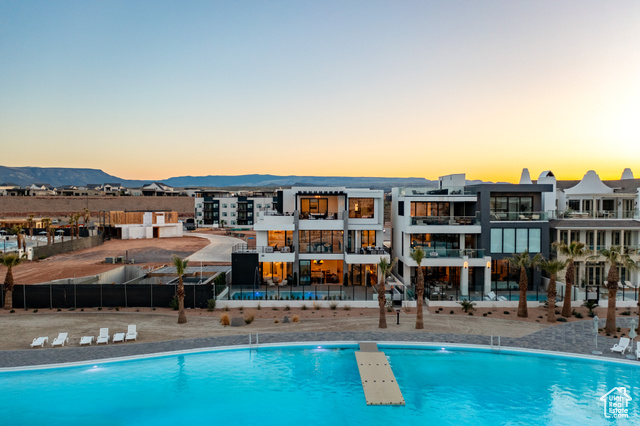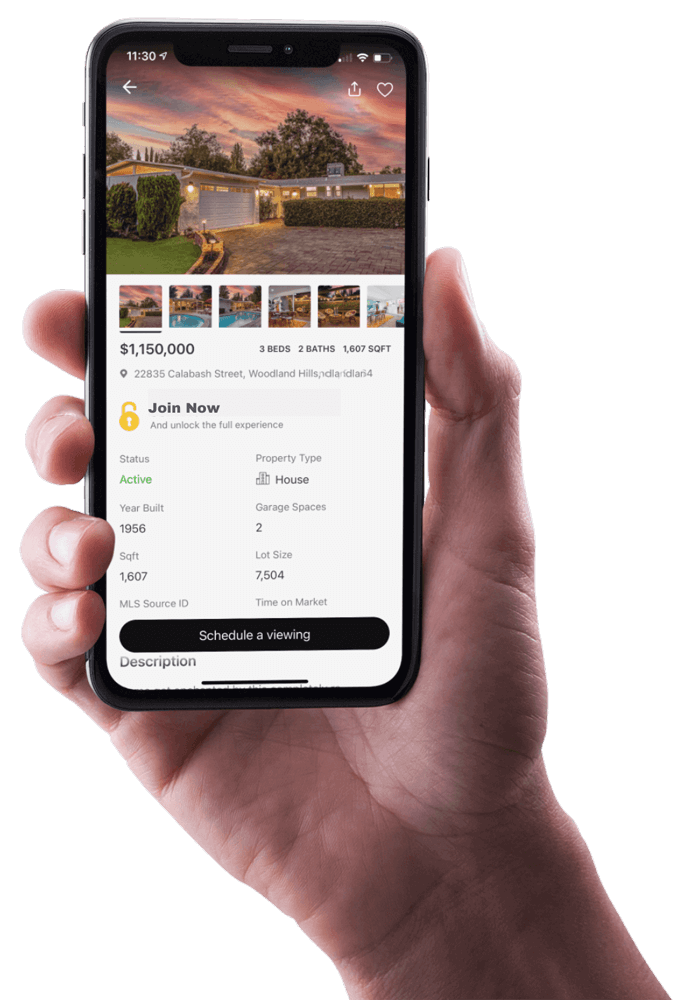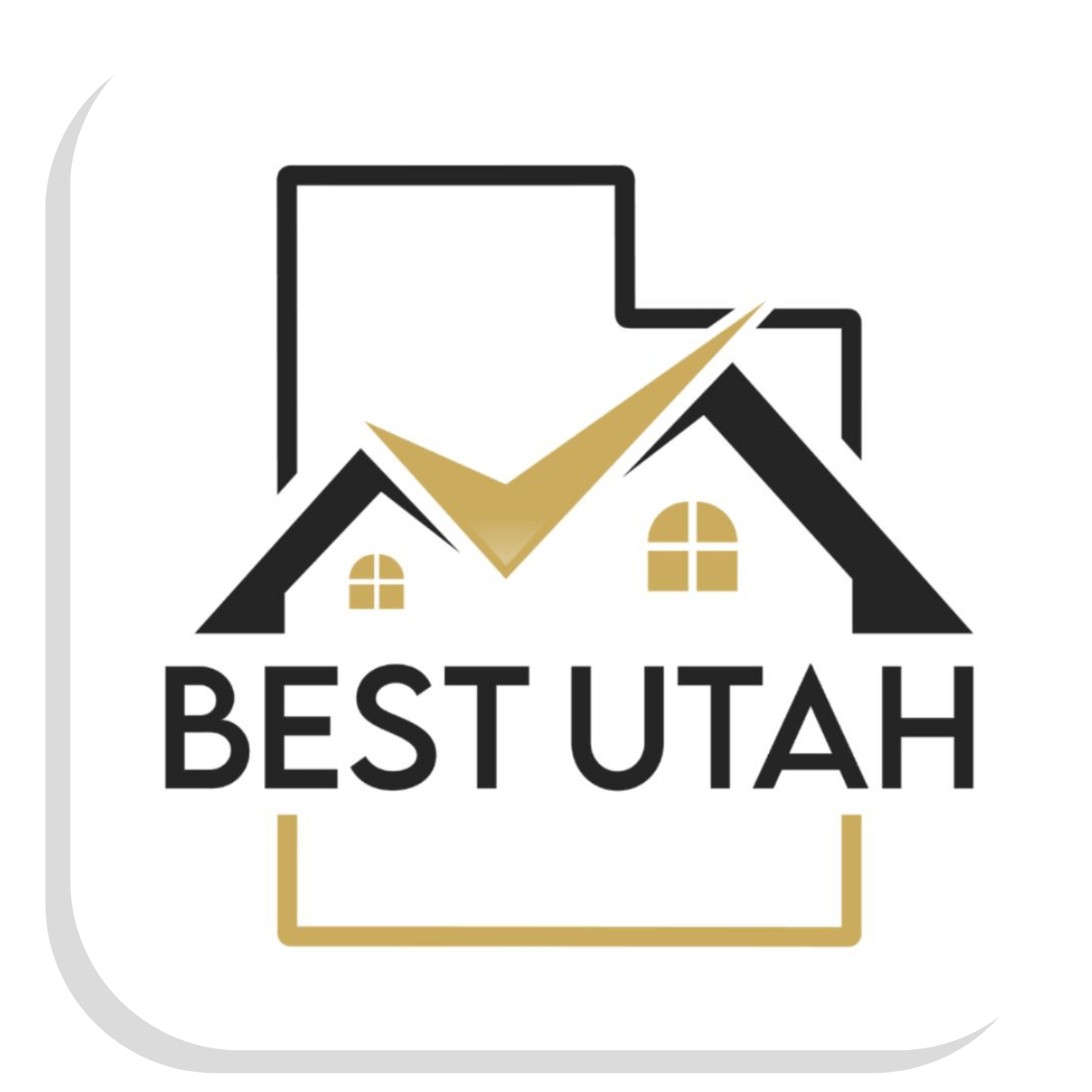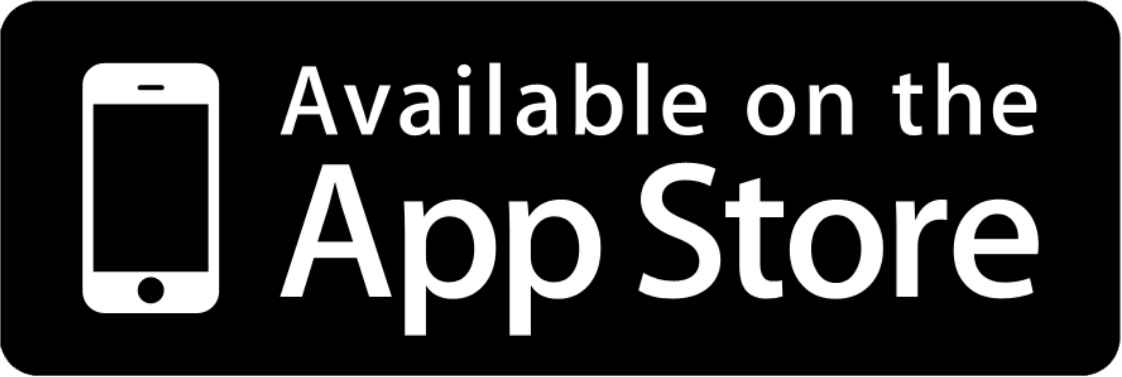
Salt Lake City, the capital and most populous city in Utah, is known for its breathtaking mountain views, historical significance, and bustling urban scene. Nestled in a picturesque valley framed by the Wasatch Mountains to the east and the Oquirrh Mountains to the west, Salt Lake City offers residents a unique blend of natural beauty and urban sophistication. The city's natural environment makes it a haven for outdoor enthusiasts. Whether it's skiing in world-renowned resorts just a short drive away, hiking in the sprawling canyons, or cycling around the many city trails, nature is always within arm's reach.
Today's Salt Lake City buzzes with activity and modernity. Known as part of the "Silicon Slopes," the city has seen an influx of tech companies and startups, driving economic growth and bringing in a diverse set of young professionals. This youthful energy can be felt throughout the city, from the trendy eateries in the Marmalade District to the vibrant arts scene downtown.
The city also boasts a rich array of cultural experiences, thanks to the University of Utah's ongoing events, and spirited games from sports teams like the Utah Jazz and Real Salt Lake. With a tight-knit community feel coupled with the amenities of a larger urban center, living in Salt Lake City presents a balanced blend of relaxation and excitement.
As with any city, the cost of living can vary depending on numerous factors. Let's delve into what living in Salt Lake City might cost, from housing to dining and everything in between.
1. Housing
Housing is often the most substantial monthly expense for most residents. In Salt Lake City, housing prices have been on an upward trajectory, partly due to increased demand as more people discover the city's charm.
- Renting: As of 2021, the average rent for a one-bedroom apartment in Salt Lake City was roughly $1,200 to $1,600, with two-bedroom rental apartments averaging between $1,500 and $1,900.
- Buying: The median home price has experienced fluctuations, but an estimate could be around $400,000 in 2021. This figure can vary widely based on the neighborhood, age, and amenities of a given home.
2. Transportation
- Public Transit
Salt Lake City offers a public transportation system that includes buses and light rail (known as TRAX). A monthly pass for unlimited rides on UTA buses, TRAX, and FrontRunner trains costs around $85.
- Gas
Gas prices in Salt Lake City are generally slightly below the national average, but this can fluctuate based on global oil prices and other economic factors.
3. Utilities
Utility bills, including electricity, water, and garbage, for a standard larger apartment hover around $150 to $200 per month. However, this can vary based on usage, especially during the colder winter months when heating costs rise.
4. Food and Dining
- Groceries
For basic grocery items, Salt Lake City tends to be in line with national averages. A monthly grocery bill for a single person might range from $250 to $400.
- Dining Out
A meal at a mid-range restaurant for two people will usually cost between $50 and $75, though this can vary widely based on the type of cuisine and location.
5. Entertainment
- Movies
A movie ticket in Salt Lake City costs around $10 to $13.
- Theater & Events
The city offers a vibrant arts scene, from local theater productions to major concerts. Prices for these events can range from $20 for a local play to $100 or more for premier seating at major concerts or events.
- Outdoor Activities
One of the biggest draws of Salt Lake City is its proximity to outdoor recreational opportunities, from skiing to hiking. Ski lift tickets, for instance, can range from $50 to $150+ per day, depending on the resort.
6. Health & Fitness
A gym membership can cost anywhere from $20 a month for basic facilities to $100 a month for high-end gyms with pools, classes, and other amenities. Health insurance, if not provided by an employer, will be an additional cost and will vary based on the type of coverage.
Budgeting & Saving Tips
Moving to a new city can bring both excitement and financial uncertainty. Fortunately, with some pre-planning and smart budgeting, you can navigate the financial aspects of relocating to Salt Lake City with ease. Firstly, it's vital to create a detailed monthly budget that accounts for both fixed expenses like rent and utilities and variable costs such as dining out, entertainment, and transportation.
This will not only give you a clear picture of your financial situation but also help identify areas where you can cut back. Don't forget to allocate a portion of your budget for unexpected expenses—Salt Lake City offers many spontaneous attractions and events you won't want to miss!
For those looking to save money, there are plenty of cost-effective alternatives in the city. Public transportation, with its comprehensive coverage, is not only environmentally friendly but also wallet-friendly, especially when compared to owning and maintaining a car.
The city's local farmers' markets, such as the Downtown Farmers Market held in Pioneer Park, provide fresh and affordable local produce. Additionally, Salt Lake City is teeming with free or low-cost outdoor recreational opportunities. Opt for hikes, picnics in the parks, or explore the city on a bike rather than spending on high-end entertainment. Lastly, keep an eye out for community events, many of which offer free entry or are priced modestly, allowing you to immerse yourself in the city's culture without breaking the bank.
While Salt Lake City offers a blend of urban amenities and outdoor opportunities, its cost of living reflects a moderate-to-high range, depending on individual lifestyles and choices. When considering a move to Salt Lake City or any other location, it's essential to take all these factors into account and budget accordingly.
If your looking for a licensed Utah real estate agent give us a call at 435-414-8597
Related Articles:
- 7 Home Trends Expected To Take Over The Market In 2025
- When Is The Right Time To Buy A New Home 3 Signs To Know
- The Impact Of Utah Real Estate Lawsuit Settlement On The Housing Market
- What Is The Multiple Listing Service Or Mls
- Utah First Time Home Buyers Guide
- Utah Worth The Move Exploring The Pros And Cons Of Living In The Beehive State
- How To Add Personality To Your New Home
- 3 Tips For Getting Mortgage In Utah 3 Mistakes To Avoid
- How To Do A 1031 Exchange On Your Primary Residence
- 8 Insider Tips For Selling Your Home In Under 30 Days
- 50 Steps To Constructing Your Dream Home A Complete Walkthrough
- Pros And Cons Of Living In St George Utah








